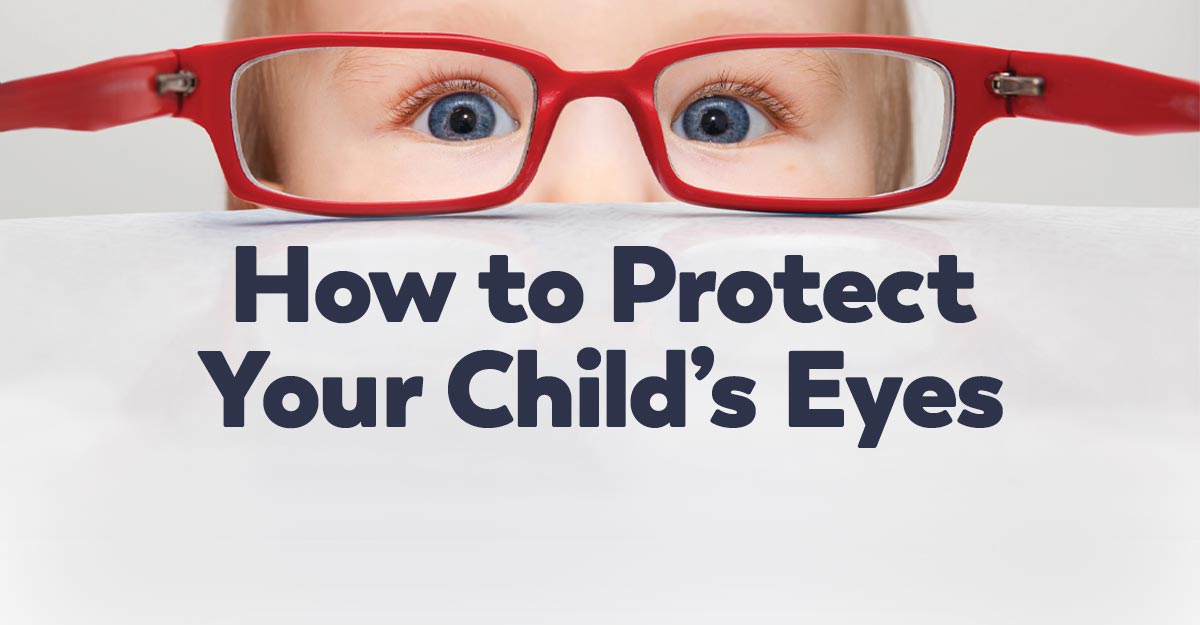
Eye Complications of Diabetes
As an optometrist I see patients every day come to our offices for “just new glasses” and in the history they happen to mention they are diabetic. Diabetes is one of the major causes of blindness in the United States. I really wish all diabetics would say to me instead, “I have diabetes. Please check my eyes for any early signs of diabetic retinopathy. Oh, and if there is time, can you give me a prescription of glasses?”
It seems all to often diabetics think their eyes are fine because they see fine. This is only partially true. When you see fine, it means only the central 10% of the eye is normal. If diabetes is present anywhere in the other 90%, you will not notice any problems until the disease moves into the central 10%.
What is diabetic retinopathy? Simply put, if your sugar levels are unstable, your blood vessels get weak and your bleed microscopic amounts of blood through the blood vessel. Basically, you bruise on the inside of your eye. Bruising on your arm is one thing, but bruising inside your eye makes it so you cannot see through the microscopic blood. As the bleeding gets worse, the blood pools together and if the blood reaches the center of your eye, you go blind.
Fixing the diabetic retinopathy when it is in the outer 90% is fairly easy with today’s technology. Unfortunately, the central 10% of your vision is another case. If diabetes enters the central 10%, the treatment becomes more invasive and involves needles and surgery. Nobody wants a needle in their eye which is why fixing diabetic retinopathy early is the key.
All you need to remember if you are diabetic is to get your eyes checked yearly. All eye doctors have years of training to find early signs of diabetic retinopathy. Finally, by keeping your sugar levels in a normal range helps prevent leaking of your blood vessels in the first place.
Kent Risk, OD at Good Looks





